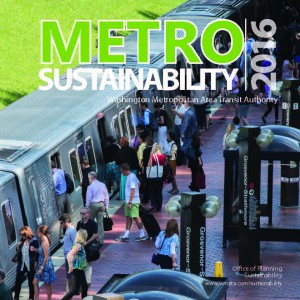Switching Things Up for Winter Operations
With the impending colder weather, Metro is piloting some new track equipment to fight the snow and ice and maintain overground rail service.
As a pilot project funded through Metro’s Sustainability Lab, we have replaced the switch heaters at Glenmont Yard with a new energy efficient heater that not only reduces energy consumption, but is also easier to install and maintain.
Switch heaters are vital to winter operations, providing radiant heat to track switches to prevent them from icing up and restricting train movements. Within the Metrorail system, each rail yard controls its heaters on an individual basis, and heaters are frequently in constant operation during the winter to allow tracks to remain operational.
Glenmont is Metro’s smallest yard and also has one of Metro’s more expensive electricity rates, so it was an ideal candidate to pilot the new heaters. Should testing prove successful this winter, we could adopt this new style of switch heater as standard across 58 miles of surface revenue track and 8 Metrorail yards. This could save Metro over $110,000 annually in energy costs.
Each year the Sustainability Lab tests out new ideas such as these switch heaters for large-scale deployment, and we would love to have your help in finding ways to reduce resource consumption and improve service. Whatever the idea, we’d love to hear your thoughts and consider them.
So help us think big! Submit your ideas online or email them to planning@wmata.com.








Recent Comments